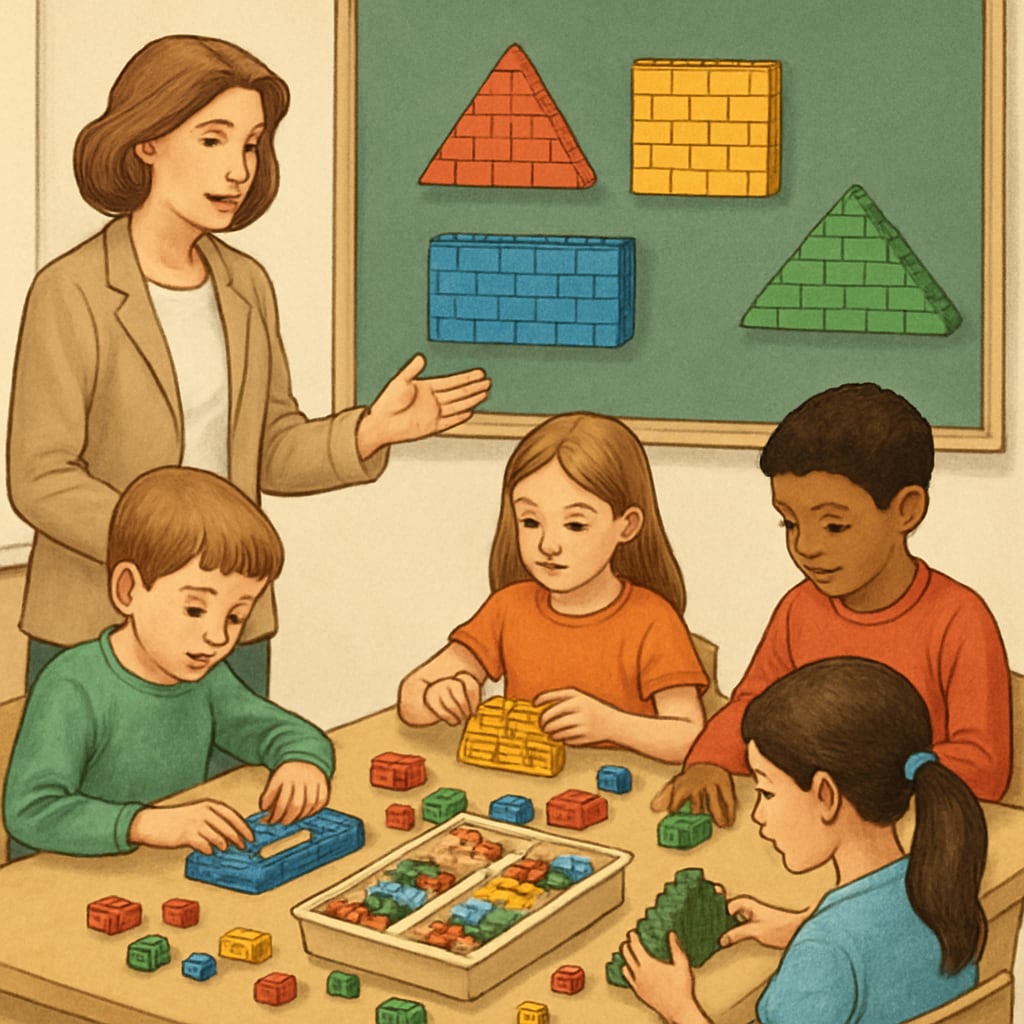When children ask, “Why do I need to learn math?”, it can be a challenging moment for parents and teachers alike. Many adults respond with vague answers like “Math is important for your future” or “It’s good for your brain.” However, these generic explanations often fail to resonate with children. To effectively address this question, it’s essential to frame the significance of mathematics education in a way that connects to their interests, learning motivation, and real-life experiences.
Connecting Mathematics to Everyday Life
One of the most compelling ways to respond to children’s doubts about learning math is to show how it applies to their daily lives. Mathematics is not just about solving equations in a classroom—it’s a tool that helps people make sense of the world. For instance, children use math when dividing a pizza among friends, measuring ingredients for a recipe, or managing their allowance. These relatable examples can help them see the practical value of math in their own experiences.
- Money management: Understanding basic arithmetic is crucial for budgeting and saving.
- Cooking and baking: Fractions and ratios are key to following recipes correctly.
- Gaming: Many video games involve strategic thinking, probability, and even geometry.
By highlighting these connections, children can begin to view mathematics as an essential skill rather than an abstract subject. As a result, their learning motivation may increase because the relevance of math becomes clearer to them.

Fostering a Growth Mindset in Mathematics
Another critical aspect of addressing children’s questions about math is to encourage a growth mindset—a belief that abilities can be developed through effort and practice. Many children struggle with math anxiety, believing that they are simply “not good at math.” This mindset can lead to resistance and frustration when faced with challenging problems.
To counter this, parents and educators can emphasize that math skills, like any other skill, improve with practice. Share stories of famous mathematicians or scientists who overcame difficulties and achieved great success. Additionally, praise children for their effort rather than their innate ability. For example, instead of saying, “You’re so smart,” try saying, “I’m proud of how hard you worked to solve this problem.”
In addition, using engaging teaching methods can make math more enjoyable. Incorporate games, puzzles, or hands-on activities to make learning interactive and fun. For example, building a model using LEGO bricks can teach concepts like symmetry and geometry while also fostering creativity.

Explaining Mathematics as a Universal Language
Mathematics is often called the “universal language” because it transcends cultural and linguistic barriers. This unique quality makes it a fundamental tool for communication in science, technology, engineering, and other fields. Explaining this concept to children can help them appreciate math’s broader significance beyond the classroom.
For example, show how math plays a crucial role in designing video games, building bridges, or exploring space. Highlighting these real-world applications can inspire children to see math as a gateway to exciting career opportunities. Furthermore, introduce them to fascinating concepts like the Fibonacci sequence or the golden ratio, which appear in nature, art, and architecture. These examples can spark curiosity and make math feel more magical and meaningful.
For additional context, you can explore resources like the Golden ratio on Wikipedia or the Golden ratio on Britannica to provide deeper insights into the beauty of mathematical patterns.
Building a Supportive Learning Environment
Finally, creating a supportive environment where children feel safe to make mistakes is essential for fostering a positive attitude toward math. Encourage them to ask questions and explore different problem-solving strategies. Celebrate their progress, no matter how small, and remind them that mistakes are an integral part of the learning process.
Collaboration can also play a significant role. Pair children with peers for group activities or encourage them to work alongside a mentor who can guide their learning journey. A supportive network can significantly boost their confidence and motivation to tackle mathematical challenges.
In conclusion, addressing children’s questions about the necessity of math requires more than a simple explanation. By connecting math to their everyday lives, fostering a growth mindset, and highlighting its universal language and real-world applications, parents and educators can inspire a deeper appreciation for this essential subject.


